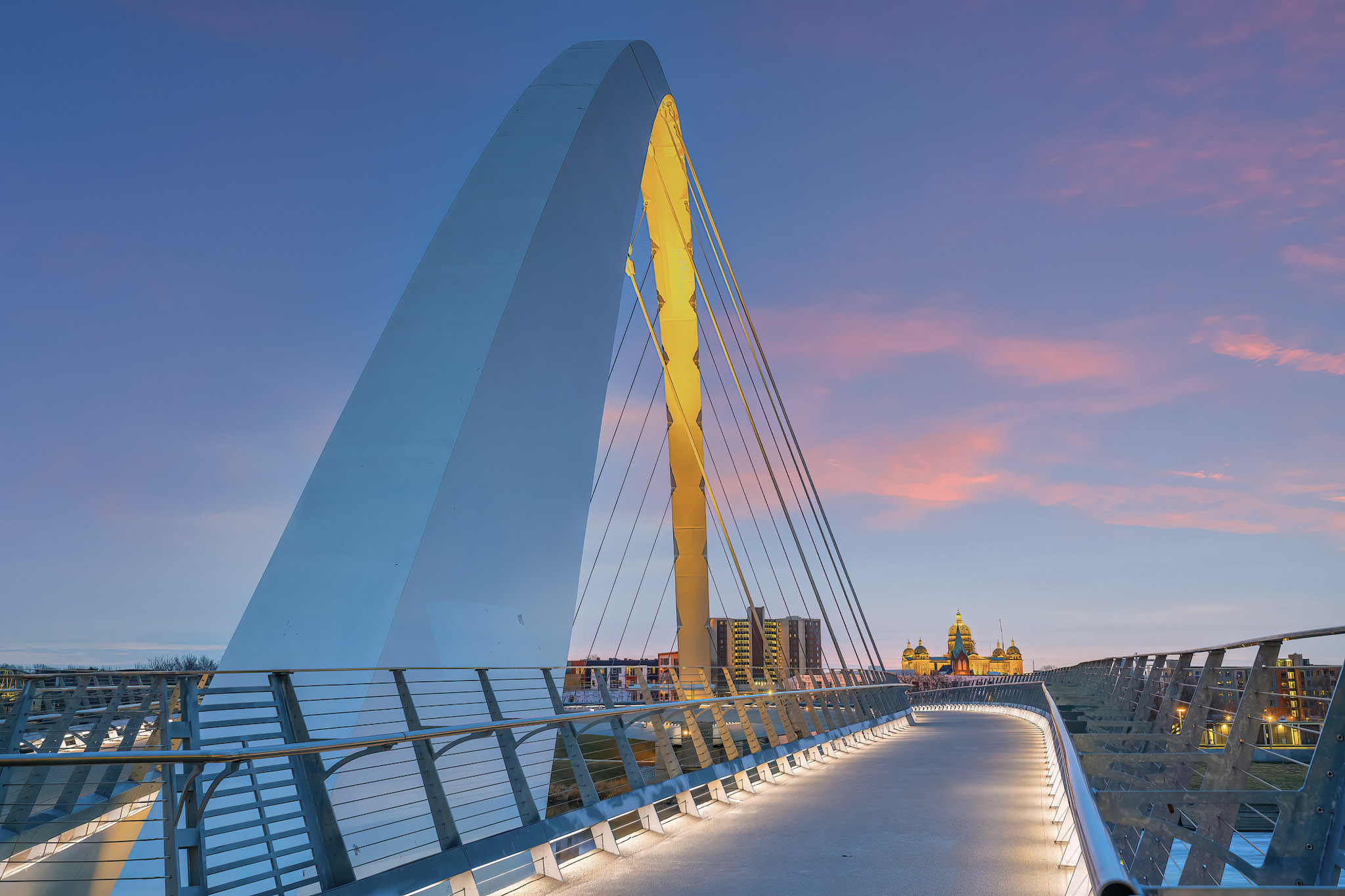
Organisational resilience: We need to think beyond cyber attacks
What comes to mind when you think about organisational resilience? For...

The Great Migration: Why Workloads Are Coming Home to Private Cloud
For more than a decade, cloud migration was viewed as a one-way journe...

USSFCU: Powering Financial Wellness with Broadcom’s Private Cloud and Private AI
Broadcom Customer Achievement Awards recognize and celebrate our custo...

Exciting News for Private AI at VMware Explore 2025
Today at the VMware Explore 2025 General Session, we shared several ex...

Punching Above Its Weight: Grinnell Mutual’s $1M Win with VMware Cloud Foundation
If a small team like ours can embrace VCF and do big things — uniting ...

Broadcom Selected as Strategic Vendor for Virtualization Software Solutions for Walmart
LAS VEGAS—VMware Explore 2025—August 26, 2025—Broadcom Inc. (NASDAQ: A...

Customer Achievement Award Winners Innovate with Purpose, Vision and Impact
Broadcom Customer Achievement Awards recognize and celebrate our custo...

Dubai Airports Elevates Operations with Broadcom Software Solutions
Dubai Airports, operator of Dubai International (DXB), the world’s top...


Broadcom Bridges the Private Cloud Gap for Small and Mid-Sized Customers with Expanded Professional Services
By Kevin Mikaelsen, Global Partner Services Program & Marketing, B...

Broadcom Showcases What’s Next at VMware Explore 2025
LAS VEGAS—VMware Explore 2025—Today at VMware Explore 2025, Broadcom I...

Broadcom Accelerates AI Innovation in the Modern Private Cloud with NVIDIA
LAS VEGAS—VMware Explore 2025—August 26, 2025—Broadcom Inc. (NASDAQ: A...



